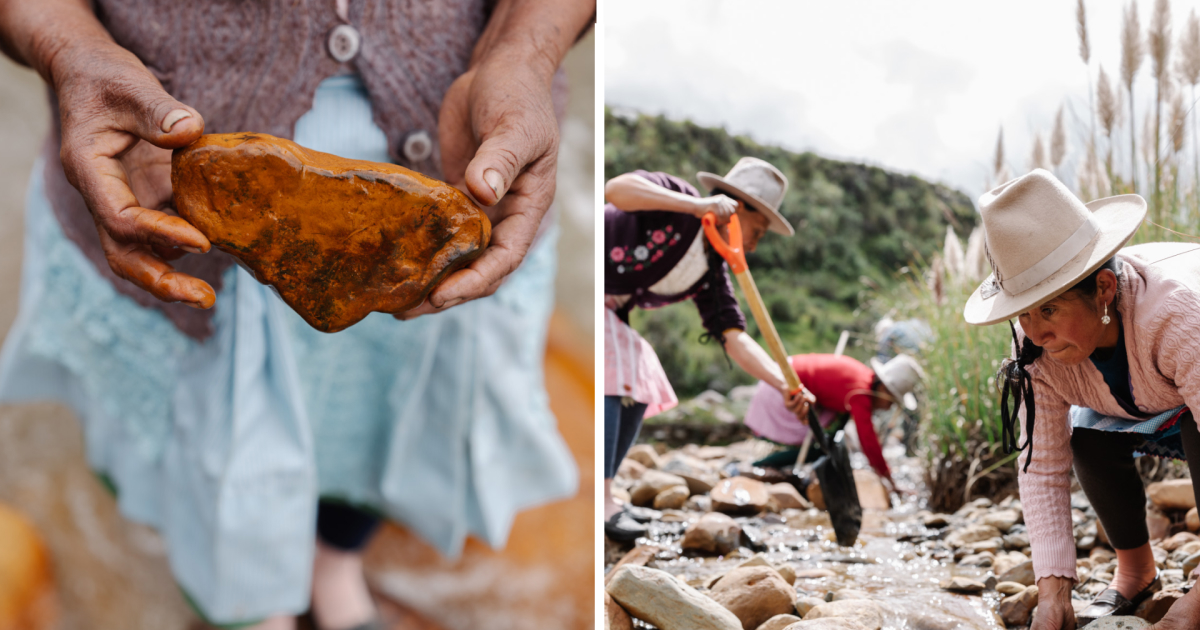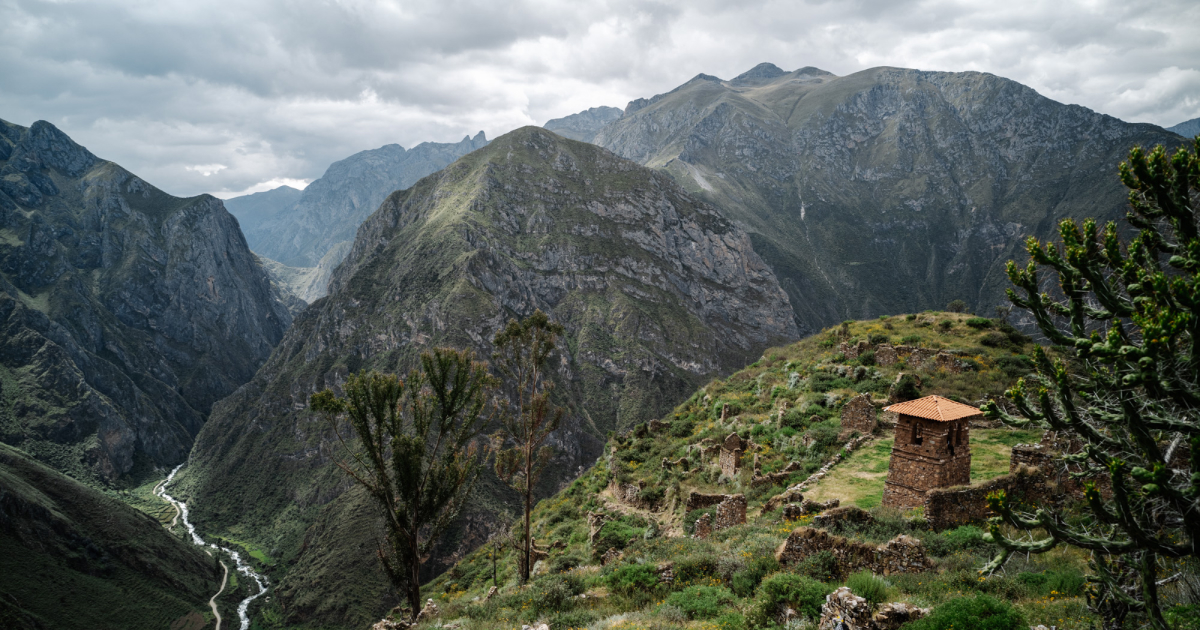At last week’s Jackson Wild Media Awards, Dream to Cure Water, a 20-minute short documentary film directed by National Geographic Explorer Ciril Jazbec, won for “Short Form – Climate Categories.” Jazbec’s project came to fruition after he received support from The Climate Pledge last year through the Society’s Global Storytellers Fund.
“As an advocate for the communities directly affected by globalization and the increasing impacts of climate change, I am deeply honored to be recognized for my film Dream to Cure Water,” said Jazbec. “I hope people walk away from this film learning something they didn’t know before, like the harmful effects that glacier melt has on the locals living in the Andes Mountains. It’s imperative that we work with local scientists and farmers to implement solutions that combat water contamination, and we need storytelling like this to shed light on the crisis.”
Jazbec’s Dream to Cure Water is part of his three-chapter multimedia project addressing global glacial melt. The film is set in Peru’s Andes Mountains, which is home to 70 percent of the world’s tropical glaciers that have receded by approximately 40 percent since the 1970s.





